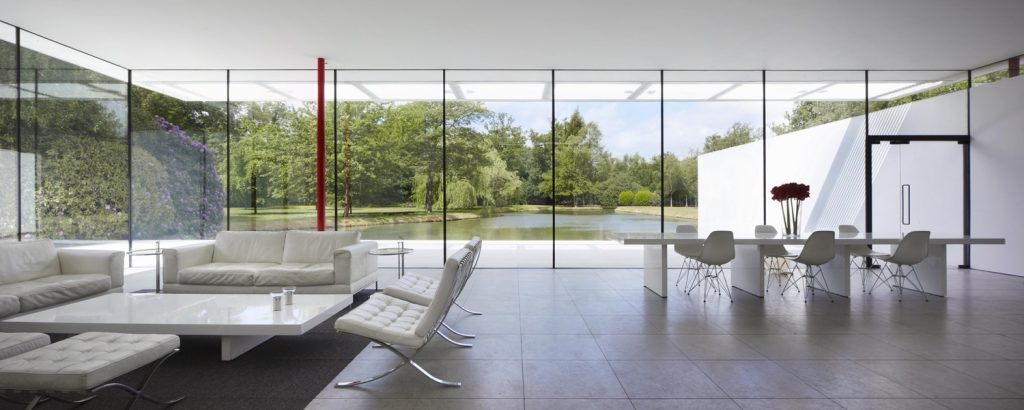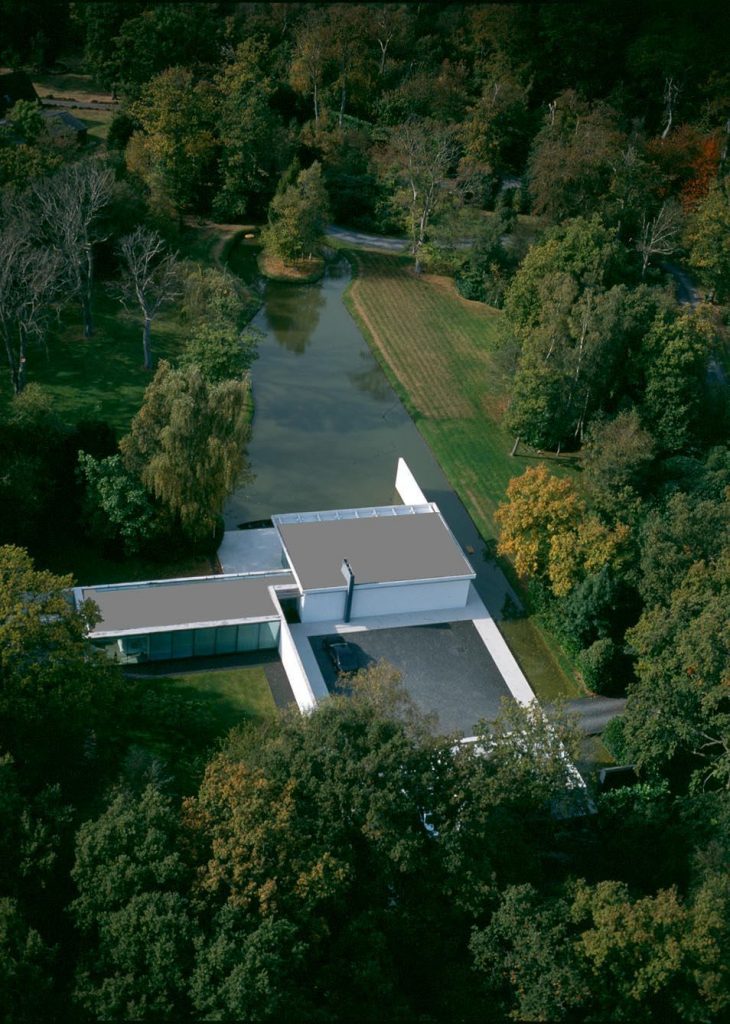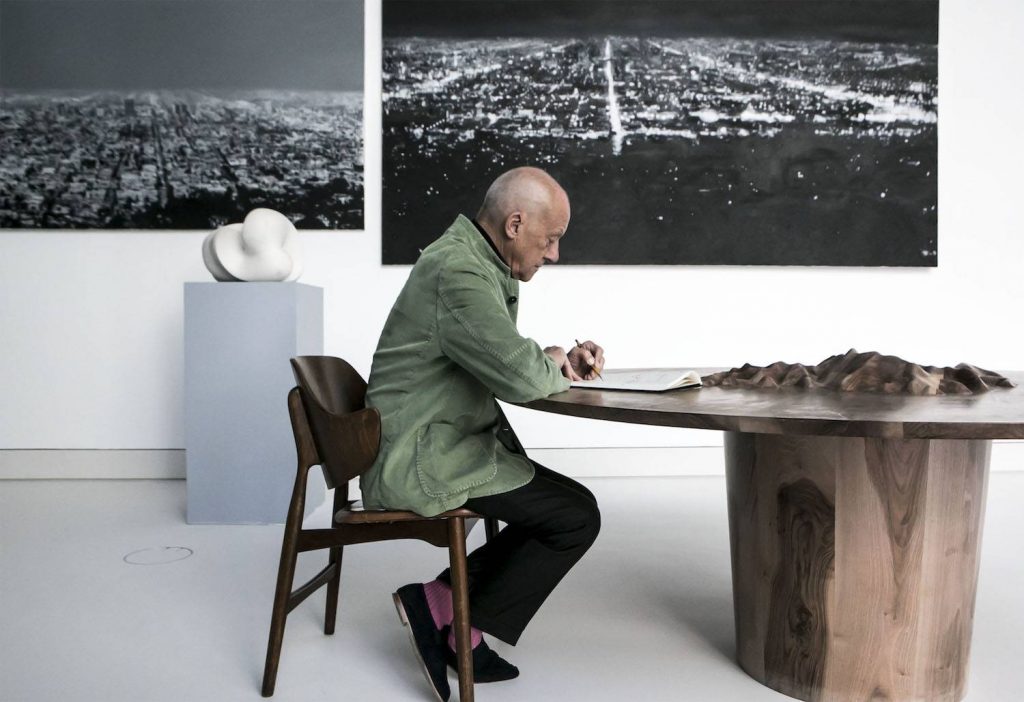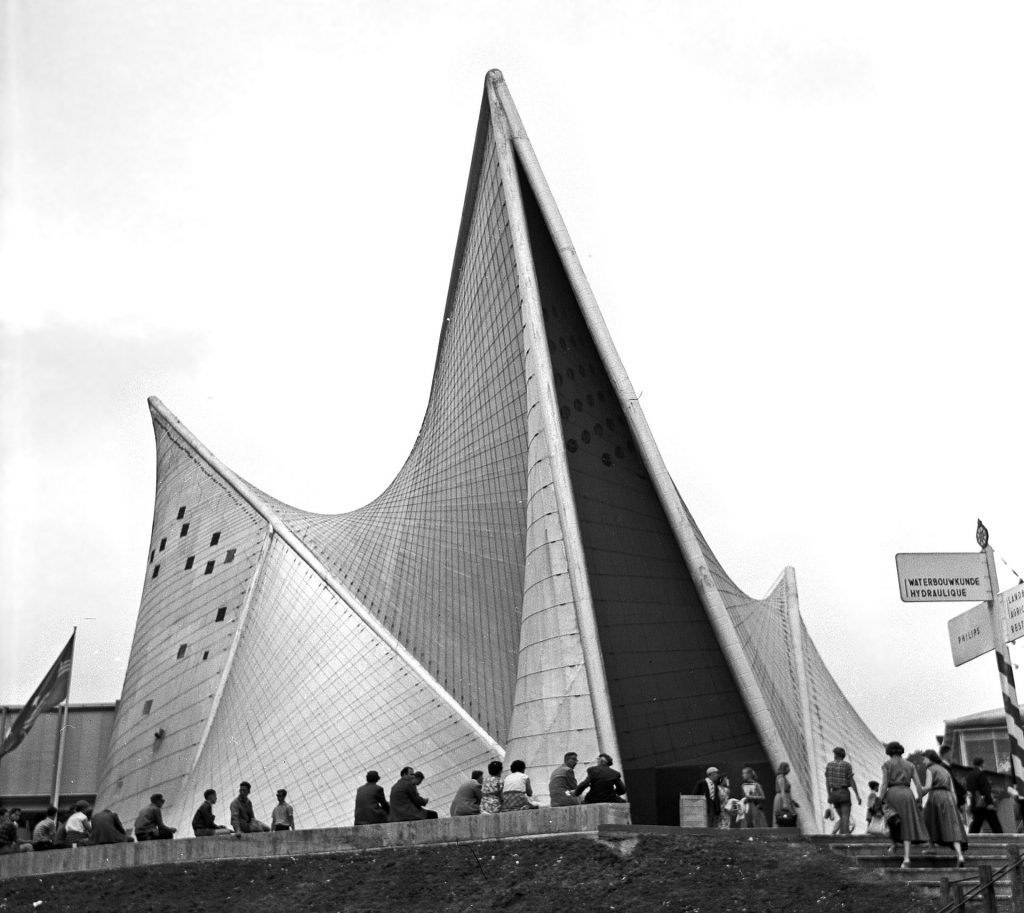The history of architecture is a clear testament to the way that humankind has evolved over time. In this way, current architectural references are a constant. They are present in every movement, every architect and every project. This is a response to given situations that are interpreted through modern life.
And this is how conceptual references are reflected in other arenas, such as music. Although it may seem far-fetched, architecture connects with modern life through pop music. It creates a symbiosis, with concept as the hub where the subliminal connects with a message that is especially memorable.
 Here at The Decorative Surfaces we take a look at one musical project in particular. Our choice is replete with architectural references that convey a message. A message that the collective imagination embraces, translating great architectural projects to the world of pop. Dua Lipa’s latest album generates confidence by reference. At the same time it invites the curious among us to reflect and succumb completely to the subliminal.
Here at The Decorative Surfaces we take a look at one musical project in particular. Our choice is replete with architectural references that convey a message. A message that the collective imagination embraces, translating great architectural projects to the world of pop. Dua Lipa’s latest album generates confidence by reference. At the same time it invites the curious among us to reflect and succumb completely to the subliminal.
Future Nostalgia and modern architecture
The first song on the album—released in January 2020—is set in Skywood House, designed by Norman Foster. This architectural project symbolises the purity of line in its composition.
And it does so by delimiting spaces in an explosion of diaphanous clarity and minimalism. The contrasting movement created by Dua Lipa lacks internal structure. As a result, the contemporary is part of a movement that presupposes a major historical shift.
That change is what, not only through visual means, but also in the first verse, Dua Lipa establishes at the start: ‘I wanna change the game, like modern architecture.’ Minimalism removes any element that is not deemed essential, concentrating on the diaphanous. It is the full expression of the reductionist movements of the early 20th century, resulting from the crisis that followed the war.

Skywood House, by the Norman Foster studio
Skywood House is directly influenced by one of the top exponents of reductionist architecture: Mies Van Der Rohe and his Farnsworth House. This architectural revolution is what Dua Lipa attempts to conceptualise in her song—the constant need for change.
The architecture of John Lautner through contemporary music
‘John Lautner coming your way’
The following verse of Dua Lipa’s aforementioned song refers directly to Googie architecture. This futuristic architecture was inspired by automobiles. One of this architect’s most important projects is Chemosphere. (http://www.thedecorativesurfaces.com/introspeccion-arquitectonica-a-traves-de-la-altitud/) It invites us to reflect on height and elevated structures.

Norman Foster – Source: https://www.arquitecturaydiseno.es/arquitectura/norman-foster-vida-apasionante_2505
Nonetheless, the importance of the reference conceptualised by Dua Lipa lies in the huge number of today’s musicians who are also inspired by and feature Lautner in their work. From Jamiroquai’s ‘Travelling without moving’, to Shawn Hook, G-Eazy, Doja Cat, Azealia Banks and Lana del Rey, the architect’s projects can be approached and discovered in many different ways.
Music translated to architecture
Beyond the constant references that link the two disciplines, there is a central focus. A point where both converge, and from which creation emerges. Music is translated into physical space. Musical scores plot the movement of architectural materials, elements and morphology.
One notable example of the relation between architecture and music can be found in Le Corbusier and Iannis Xenakis. Their respective disciplines merged in the Philips Pavilion at the Brussels Expo in 1958.

Philips Pavilion at the Brussels Universal Exhibition – Expo 1958
This architectural project encapsulated the morphology of Xenakis’ musical vibrations. The score becomes constructed music. It is a magical structure that visually moulds a clear sky. The shape of the façade results from a translation of Xenakis’ musical score for ‘Metastesis’. A sublime space, in that its interior also serves as a construction of the music for Poème Électronique
by the composer, Edgar Varese.
‘I will not make a pavilion for you but an Electronic Poem and a vessel containing the poem; light; colour image; rhythm and sound united in organic synthesis’
Le Corbusier.[1]
The connection between influential historical architecture and modern life invites conceptual introspection. It places value on dedication to this field through a changing architectural aesthetic. These references position this discipline as an ongoing narrative of life itself.
[1] sinestesiacreativa.es

